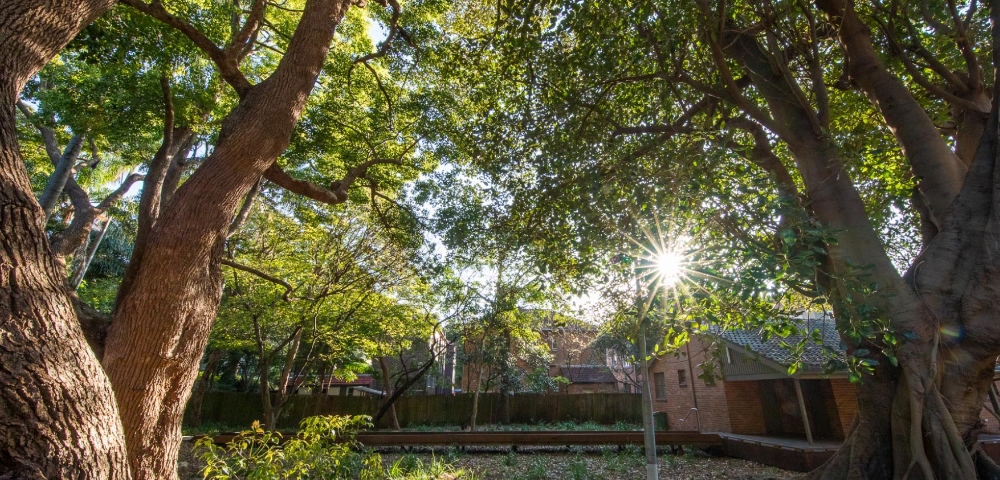
GOOD WOOD
Econscious with Natalie Penn
Next time you admire the rich, dark grain of a mahogany sleigh bed or eye up a teak table, bear in mind the Western demand for tropical woods such as these has a been a constant and driving force behind the decline of the world’s rainforests. As a consumer you can ask questions about where the wood has been sourced and consider the impact of your purchase.
Whether you’re buying a salad bowl, a bed or a set of shelves, the best way to be sure that your wood has come from sustainably managed forests is to research before purchasing; try typing Good Wood Guide into the search engine. The Guide clearly states which woods, local and tropical, are endangered and which are safe to use.
The greenest option by far is to favour reclaimed (recycled) timber whenever possible. Often better quality than the new stuff, it contains less water, is less likely to contract and was usually harvested before the advent of quick growth forests.
Rainforests are the lungs of our Earth. They take in CO2 greenhouse gases and lock it away in growth while putting out the O2 that supports all life on earth.
An old growth forest is a complete biological ecosystem and a very special and rare treasure. It contains large beautiful trees, young saplings, ferns, orchids as well as amoebas, bacterias, worms, beetles, possums; in fact a myriad of living entities and most of them never studied.
It takes many centuries for a forest to reach the delicate balance required for all of its species to live in equilibrium with each other. Once this stage is reached, an event like a tree falling or a big wind storm will not be totally disastrous to the forest as its own rescue procedures are in place.
Human interference with the use of machines can be disastrous. Logging practices like clearfell and burn remove not only all vegetation but also bacteria and mosses that can take lifetimes to establish. Precious habitat for numerous species is also destroyed.
There is now an even more urgent need for people to harness and use their consumer power and to conscientiously avoid unsustainably harvested timber and support more sustainable alternatives.
For further information www.wilderness.org.au









